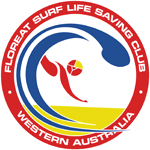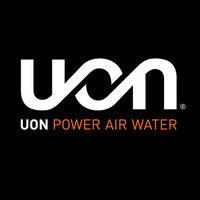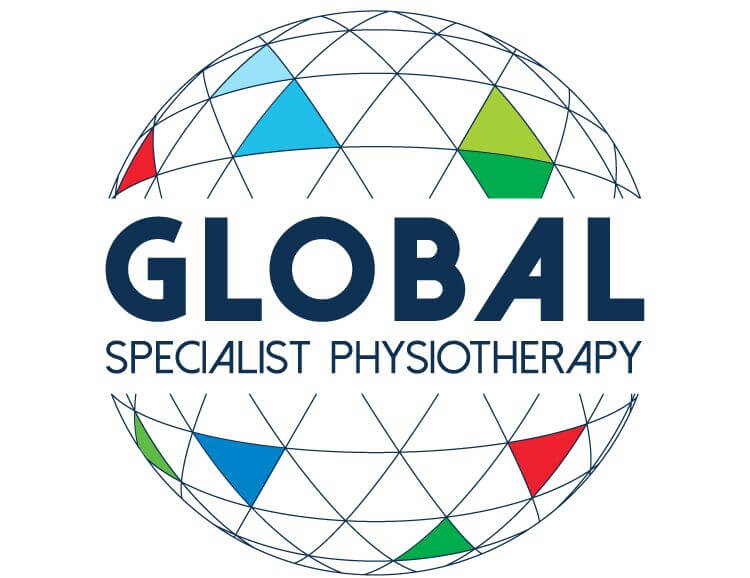Chronic Pain and Conditions
Carpal Tunnel Syndrome
CTS presents in the hands, wrists and sometimes arms as
– Pain
– Numbness
– Tingling
– In advanced cases muscles of the hand can become weak
CTS is caused by compression of the main nerves in the wrist that run through the carpal tunnel.
Commonly surgery is prescribed to reduce the pressure on these nerves, however less invasive prescriptions are gaining popularity. Interventions such as exercise, massage/mobilisation, acupuncture, splinting in a neutral position (especially at night) and medication also show promise in reducing negative symptoms.
Exercise and CTS Nerve and tendon gliding exercises are commonly prescribed for CTS as well as flexor and extensor strengthening.
Ehlers-Danlos Syndrome
A multidisciplinary approach for management is recommended for those with Ehlers-Danlos Syndrome. Exercise therapy is a key component to long term management of this condition and maintaining function. Specific strengthening exercises are recommended to support the joints and reduce pain. Core stability exercises and proprioception exercises have shown promising results for reduced pain and quality of life. Due to the complexities of this condition, education and therapy from an Accredited Exercise Physiologist can offer a tailored approach to long term management, well-being, pain control and independence.
Fibromyalgia
Exercise is strongly recommended as part of management for those with fibromyalgia. A combination of aerobic and strength training aims to improve physical fitness and function. Exercise has shown to manage and reduce symptoms of fibromyalgia, overall improving health related quality of life. Strength training has shown large improvements in wellbeing, physical function, and pain management. Aerobic exercise improves physical fitness, reduces risk for adverse health outcomes and assists in managing symptoms. Intensity of exercise is tailored to the individual, usually starting low and progressing slowly to avoid exacerbation of symptoms. An Exercise Physiologist is able to deliver the appropriate progressive program to work with symptoms and flares in a safe and controlled manner.
Hypermobility
Exercise therapy and education are key components when it comes to managing this condition long term. Strengthening exercises aim to stabilise muscles, enhance joint support, and reduce pain levels. Specific exercises are implemented to enhance proprioceptive feedback and optimise the actions of the muscles surrounding the joint. Coordination and balance are also key components of therapy to improve proprioception. Generally, those with hypermobility have reduced activity levels and therefore deconditioning of the cardiorespiratory system. Aerobic exercise aims to combat this by increase general fitness and decreasing comorbidity risk. An active lifestyle and improvements in function aim to enhance quality of life, independence and decrease health risk with those diagnosed with hypermobility.
Myalgic Encephalomyelitis / Chronic Fatigue Syndrome
Profound fatigue is a symptom of ME/CFS, however the central feature of this condition is post-exertional malaise (PEM), which is fatigue and symptoms that worsen after physical or mental activity. PEM causes can vary from individual and from day to day with that individual, it can have a delayed onset from activity, can vary in severity and can last days to months. This combined makes this condition difficult to manage. Symptoms can also vary widely and between individuals.
Common symptoms include but are not limited to:
– Widespread muscle or joint pain
– Flu-like symptoms
– Sleep dysfunctions
– Cognitive difficulties such as poor concentration, memory, or confusion
– Sensitivities to noise and/or light
– Light-headedness or dizziness
– Orthostatic intolerance (difficulty being upright)
– Gastrointestinal disturbances
– Food sensitivities
– Difficulty regulating body temperature.
Pacing and Rest
Pacing and rest and important management strategies to manage energy levels and minimise PEM. Each individual will have an energy level that they can safely use without triggering PEM, understanding this level and pacing around this is key to management. By doing this, it can help improve quality of life and reduce symptoms. This highlights the importance of having an exercise professional onboard as part of your treatment team to introduce you to structured and safe exercise at appropriate levels. Exercise at the appropriate level can maintain and improve physical function, independence, quality of life and fitness. Consulting an Exercise Physiologist before initiating exercise will ensure you are introduced to exercise without inducing PEM. Our Exercise Physiologists can assist in helping you manage your symptoms through pacing strategies, education, and exercise within your limits.
Postural Orthostatic Tachycardia Syndrome
The principal feature of POTS is orthostatic intolerance which is defined by symptoms on standing that are relieved by recumbence. Symptoms include heart palpitations, tachycardia, fatigue, light-headedness, nausea, tremulousness, syncope (fainting), near syncope, and exercise intolerance. Symptoms can range in severity and can limit daily activities, independence, and function. POTS is defined by a presence of orthostatic intolerance associated with an increase in heart rate of 30bpm or more, or a rate that exceeds 120bpm, that occurs within the first 10mins of standing or being upright. In children or adolescence, the criteria of an increase of 40bpm or more has been adopted.
There are two main classifications of POTS, the most frequent being the partial dysautonomia form. These patients suffer from a mild form of peripheral autonomic neuropathy, which is the inability for the peripheral vascular system to maintain adequate resistance or contraction against gravity, resulting in blood pooling to the lower extremities. As a compensation the heart rate increases in an attempt to restore normal blood flow to the brain (cerebral perfusion). The second and least frequent form of POTS is the hyperadrenergic form. Patients with this form of POTS suffer from symptoms of significant tremor, anxiety, and cold sweaty extremities while upright. Other symptoms include migraine headaches, significant increase in urinary output after being upright and elevated serum norepinephrine levels (>600ng/mL). A common characteristic of this form of POTS is hypertension in addition to tachycardia. The most common treatments to manage POTS symptoms is to increase fluid intake to 2-3litres per day, increase salt consumption, exercise, wearing compression stockings, raising the head of the bed, healthy diet, lifestyle changes, and lastly medications. It is important to understand the underlying cause of POTS so it can be better managed. Exercise is considered an essential treatment for POTS patients and provides a number of benefits for physical health, mental health and symptom management.
Aerobic exercise should begin in a reclined position such as a rowing machine or recumbent bike and progressed slowly over time. Aerobic exercise has been shown to expand blood and plasma volume which assists in those with low blood volume and assist with blood pressure regulation. Additionally, is has been shown to increase cardiac muscle mass, which means a stronger heart to pump more blood with each beat. Resistance exercise training is another important aspect of management for POTS. By specifically targeting the lower body and core muscles, this aims to increase the blood flow back to the heart and brain by muscle pump action. The more muscle mass we have the more effective the pump and greater return of blood. A tailored and individual approach to exercise and management of your symptoms is best. Chat to our Accredited Exercise Physiologist who has both understanding and expertise in POTS for more information on how to better manage your condition and return to function.
Sacroiliac Joint Dysfunction (SIJD)
The pain is generally sharp in nature and presents bilaterally in the hips, groin, lower back, and thighs. The pain can come and go and is not always provoked by movement, thus can be difficult to diagnose. Some degeneration may be visible in CT scans however often MRI and CT imaging can appear completely normal. There are some tests commonly performed to diagnose SIJD including compression test, distraction test, Faber/figure 4 test, Gaenslen test and Gillet test. A combination of positive results from these tests can indicate SIJD. A SIJ block may also be used in diagnostics, this involves a local anaesthetic and steroid being injected to reduce pain and inflammation.
Treatment includes SIJ fixation or fusion, this is the most invasive treatment where screws are surgically implanted to reduce or remove the SIJ ability to move. Less invasive treatments include steroid injections, bracing and specific exercise prescription. Exercise is prescribed in this instance to strengthen the musculature surrounding the SIJ to improve stability and reduce joint loading.






